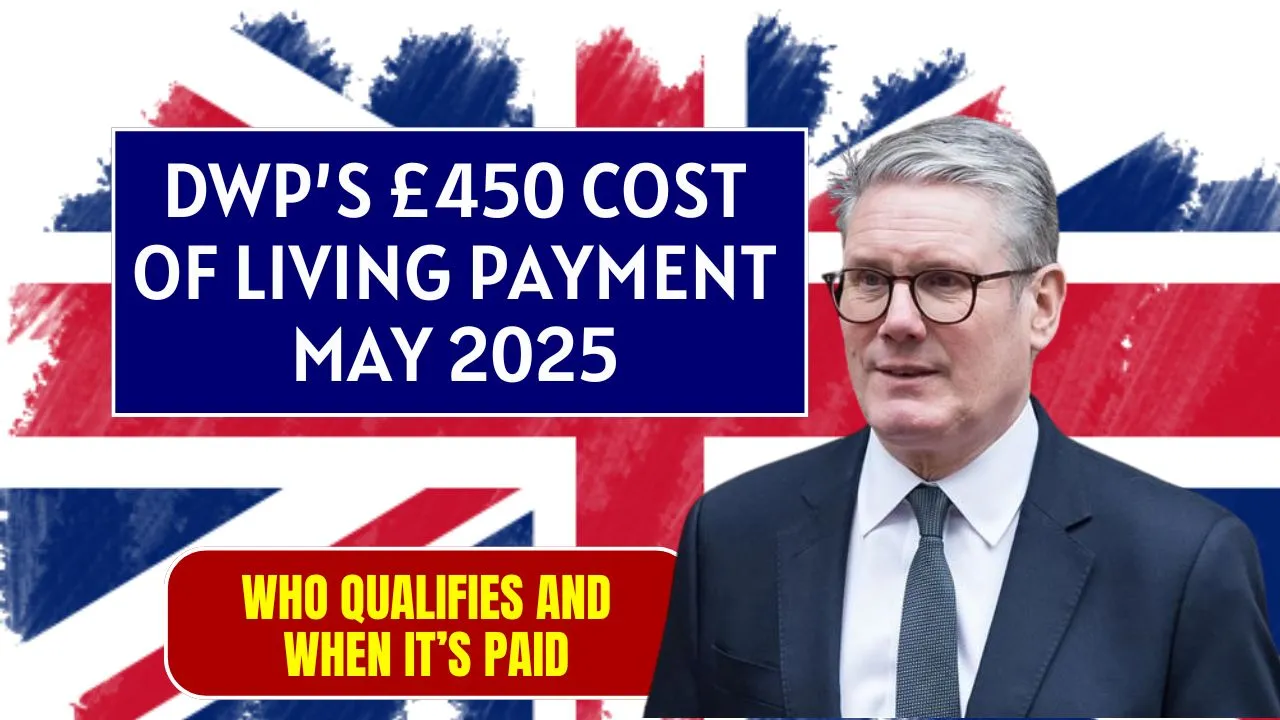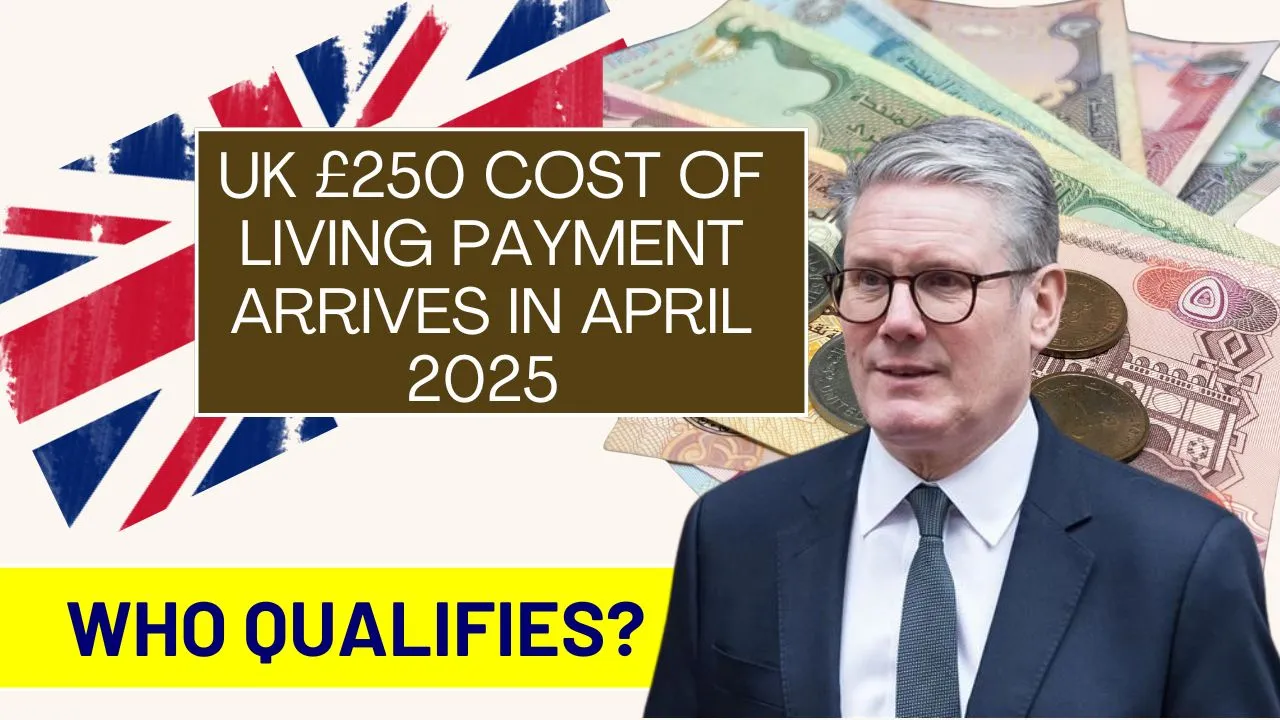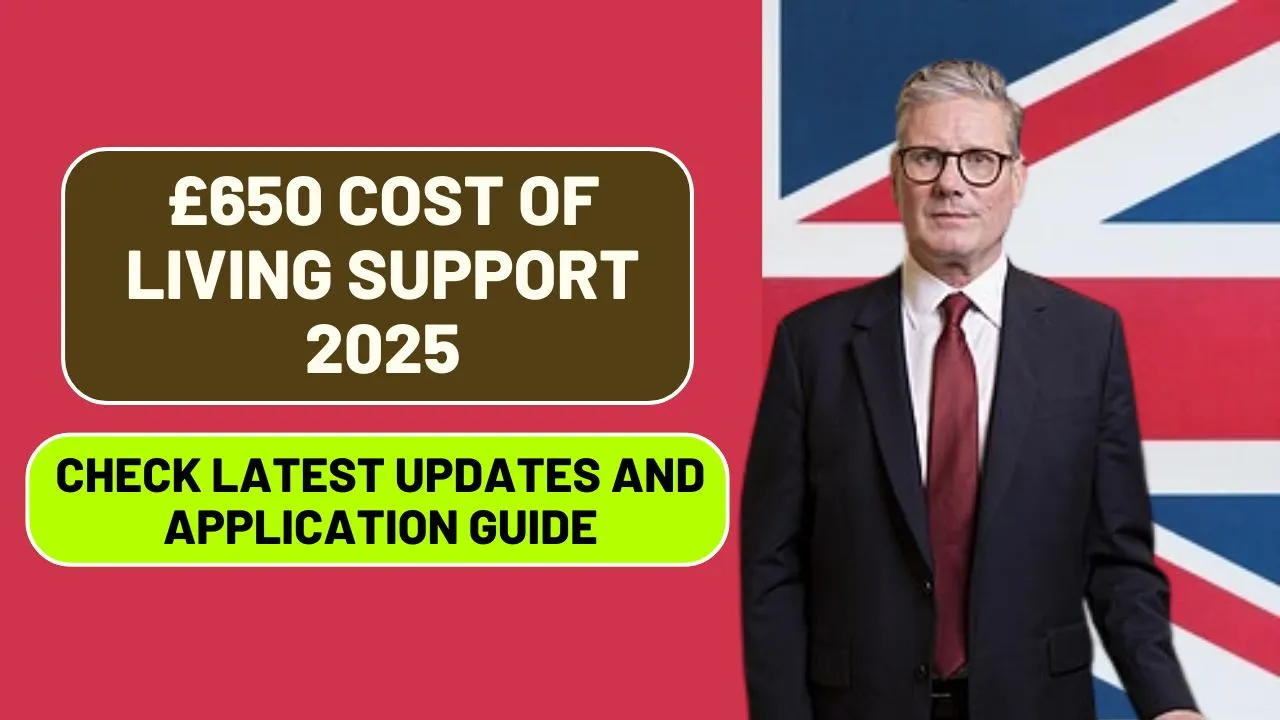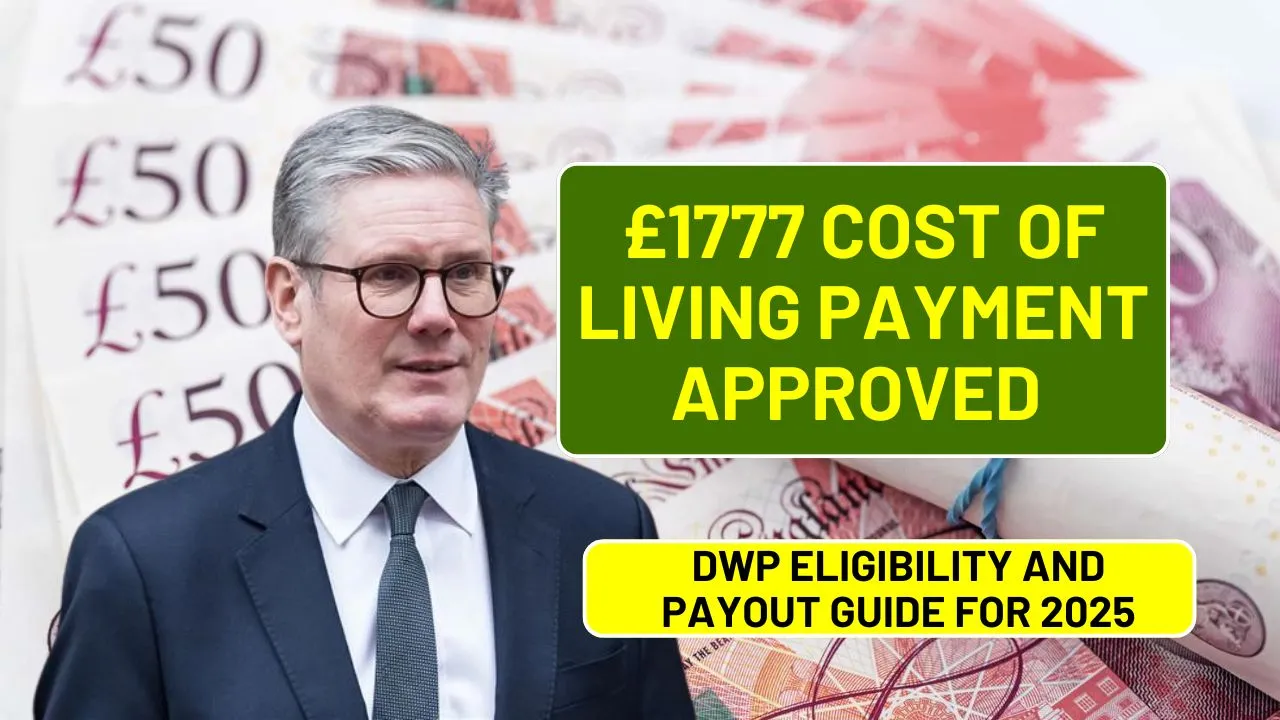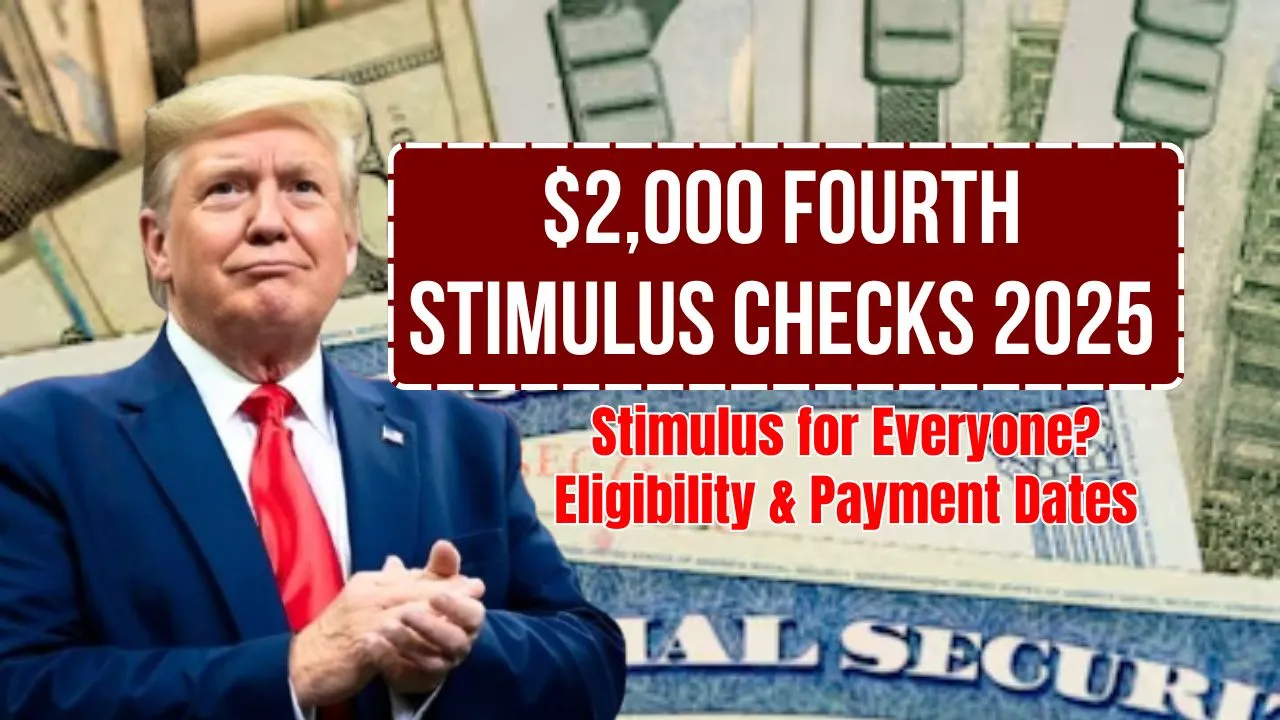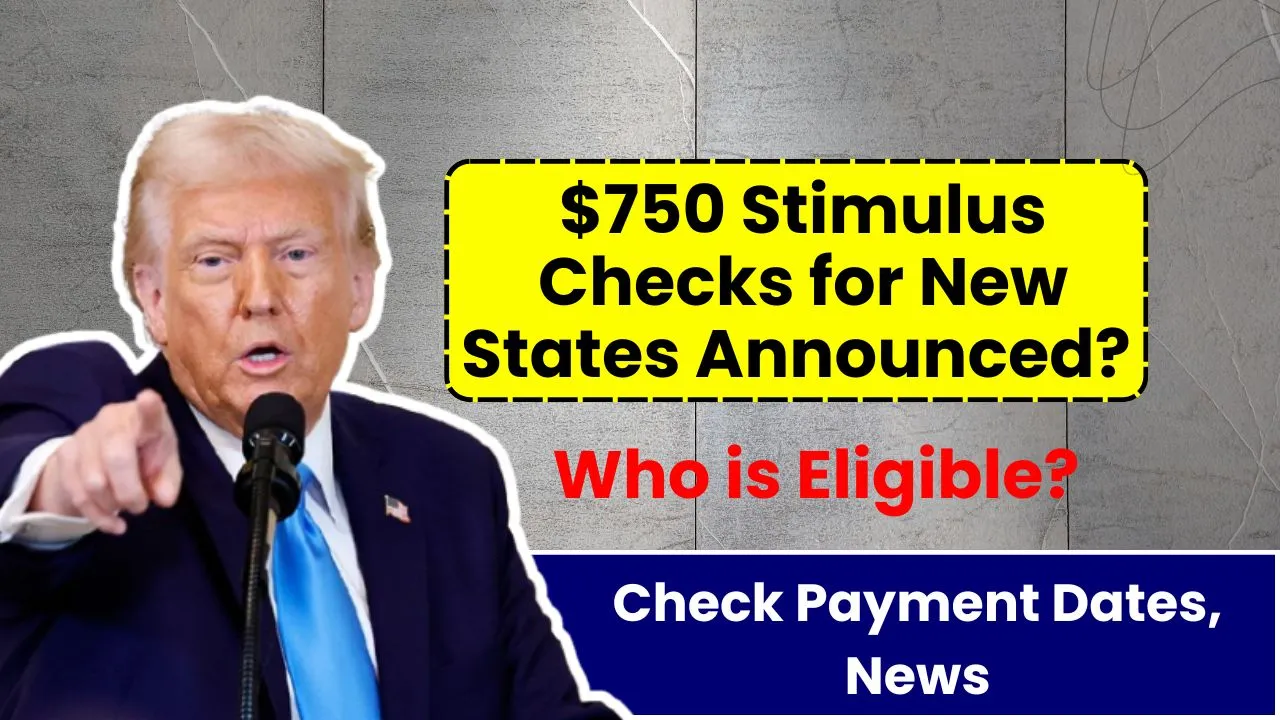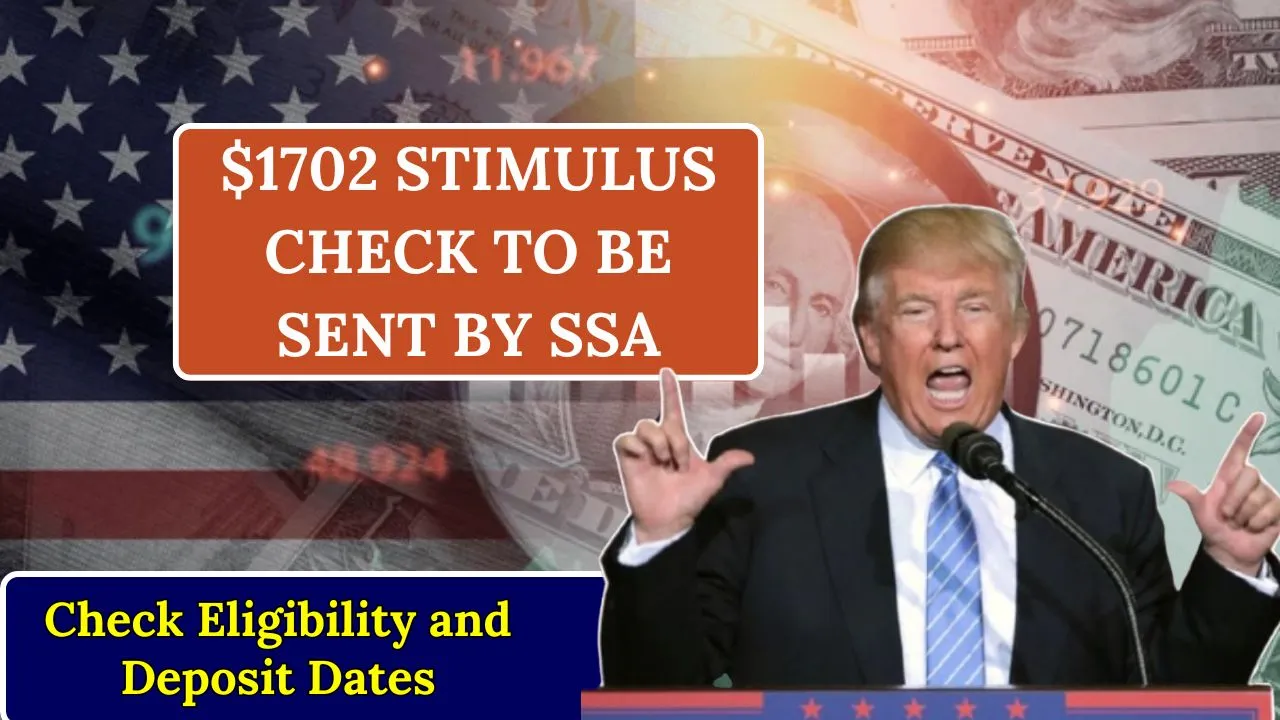£250 Cost of Living Payment: With rising energy bills and inflation putting pressure on UK households, the £250 Cost of Living Payment has emerged as a key government measure to help people cope with higher expenses. While it’s welcome news for many, those who receive disability benefits such as Personal Independence Payment (PIP) or Employment and Support Allowance (ESA) are left wondering if they are eligible for this extra financial support.
In this article, we’ll clearly explain how the £250 Cost of Living Payment applies to people on PIP or ESA. We’ll walk you through the eligibility criteria, how the payment is made, when to expect it, and what you should do if you don’t receive it. This guide uses verified government information to help you understand your entitlements without the confusion.
£250 Cost of Living Payment
| Detail | Information |
| Program Name | £250 Cost of Living Payment |
| Eligibility | Must be receiving PIP, ESA, or other qualifying benefits |
| Payment Amount | £250 |
| Payment Period | One-off payment, paid in 2025 |
| Payment Criteria | Based on receiving certain benefits during a set period |
| Official Website | gov.uk |
Who is Eligible for the £250 Cost of Living Payment?
To receive the £250 Cost of Living Payment, you must be receiving certain qualifying benefits during a specific period defined by the Department for Work and Pensions (DWP). This payment is meant to support people with low incomes or additional needs, particularly those dealing with higher costs of living.
If you’re on PIP or ESA, you may be eligible, but it’s not automatic based on just receiving one of these benefits. You need to also be receiving one of the qualifying income-based benefits during the eligibility period to qualify.
Qualifying Benefits for the £250 Payment
You could receive the £250 Cost of Living Payment if you’re receiving any of the following benefits:
- PIP (Personal Independence Payment)
- ESA (Employment and Support Allowance)
- Universal Credit
- Income Support
- Pension Credit
Keep in mind, simply receiving PIP or ESA is not enough. You must also be receiving another benefit like Universal Credit or Income Support during the qualifying window.
Eligibility Criteria for People on PIP or ESA
Personal Independence Payment (PIP)
If you are on PIP, here’s what makes you eligible for the £250 Cost of Living Payment:
- You were receiving PIP at the time of the qualifying period (even at the basic rate).
- You were also receiving a qualifying income-based benefit, such as ESA or Universal Credit.
- Your claim was active during the eligibility window announced by the DWP.
If these conditions are met, the payment will be made automatically, and you won’t need to apply.
Employment and Support Allowance (ESA)
The rules are very similar for ESA recipients. You may be eligible if:
- You are receiving ESA, either contributory or income-based.
- You meet the qualifying period requirements set by the government.
- You are also receiving another qualifying benefit such as Universal Credit, PIP, or Income Support.
As with PIP, the payment will be made automatically if all criteria are met. No separate application is needed.
When Will the £250 Cost of Living Payment Be Issued?
The £250 Cost of Living Payment is scheduled to be paid in 2025, though specific dates depend on when the government sets the qualifying period. If you’re receiving PIP or ESA and meet the eligibility requirements, you’ll receive the payment in a one-off deposit.
There’s no need to do anything once you meet the criteria — the money will appear in your bank account during the official payment window.
How Will the £250 Payment Be Made?
If you’re eligible, the £250 Cost of Living Payment will be paid directly into the bank account where you currently receive your benefit payments. For example:
- If you receive PIP, the payment will be added to your regular PIP account.
- If you’re on ESA, the £250 will be added to the same account used for ESA.
You do not need to request this payment. The DWP or HMRC will handle everything on your behalf.
Disability Payment Support and Further Assistance
In addition to the £250 Cost of Living Payment, people receiving PIP or ESA might also qualify for additional support. These include:
- Disability Living Allowance (DLA) — for those under specific age requirements
- Carer’s Allowance — if someone provides you with regular care
- Warm Home Discount — help with energy bills during colder months
- Energy rebate schemes — depending on your location and provider
These benefits can provide extra help on top of the Cost of Living Payment, so it’s worth checking what else you may qualify for through gov.uk or local support centres.
What to Do if You Don’t Receive the Payment
If you believe you qualify but haven’t received the £250 Cost of Living Payment, follow these steps:
- Make sure your details with the DWP are up to date, especially your bank account.
- Confirm that you were receiving the right combination of benefits during the qualifying period.
- Check your bank statements for the payment, which may appear as “DWP COL” or similar.
- If all appears correct and the money hasn’t arrived, contact the DWP for help.
Payments are made in stages, so don’t panic if yours arrives a bit later than others.
FAQs
Can I get the £250 Cost of Living Payment if I only receive PIP?
Yes, but only if you also receive another qualifying benefit like ESA or Universal Credit during the eligibility period.
How do I qualify for the £250 if I’m on ESA?
To qualify, you need to receive ESA along with another benefit such as PIP, Income Support, or Universal Credit during the set period.
Do I need to apply for the £250 Cost of Living Payment?
No, the payment is issued automatically. There’s no need to apply.
When will the £250 Cost of Living Payment be paid?
It is expected to be paid sometime in 2025. The exact date depends on the qualifying period defined by the government.
How will I receive the £250 payment?
You’ll get it in the same bank account where you receive your existing PIP or ESA benefits.
Final Thought
The £250 Cost of Living Payment is an important support measure for individuals on PIP or ESA. While receiving these benefits doesn’t guarantee the payment on their own, being on a qualifying benefit combination during the correct period makes you eligible. The good news is, the process is automatic, and no application is needed. If you found this guide helpful, share it with others or check out more support options available on gov.uk.

